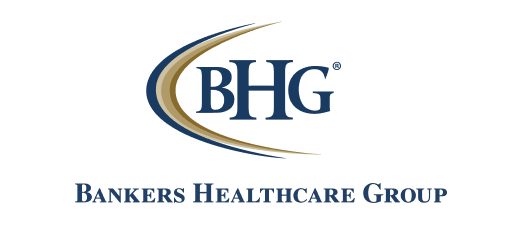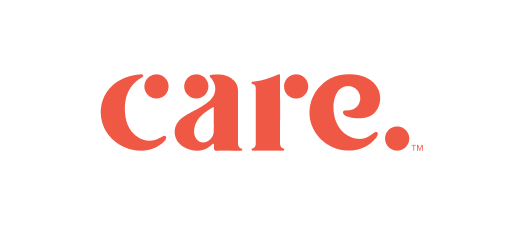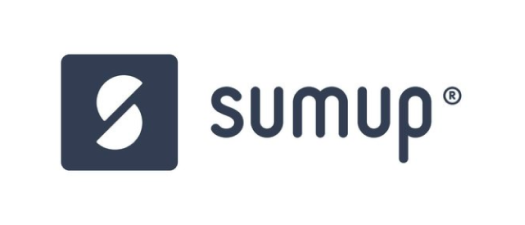"Confluent is quickly becoming not only a central highway for our data with their vast connector portfolio, but also a streaming transformation engine as well for a vast number of use cases. Confluent is at the core of everything we're doing right now."
Andrew Greiner
Vice president of enterprise architecture, Bankers Healthcare Group
Leading a transformation in the financial services industry, Bankers Healthcare Group (BHG) has originated more than $9 billion in loan solutions over the past 20 years. The company has combined data, analytics, and information technology to create the country’s largest community bank loan and product network and establish itself as the industry leader in unsecured business and personal loans.
BHG’s track record of innovative financial solutions has led to tremendous growth: the company has been ranked more than a dozen times on the Inc. 500/5000 list of the fastest-growing companies in the U.S.
With growth targets for the coming years increasing sharply, the company is modernizing its enterprise architecture with Confluent and Apache Kafka® to ensure it will continue to scale to support growth, and also accelerate the innovations for which the company has become known. “You can only get so far with traditional three-tiered architecture before you start seeing escalating costs, increasing technical debt, and spaghetti integrations that slow new product development,” says Andrew Greiner, Vice President of Enterprise Architecture at Bankers Healthcare Group. “BHG is a fast-moving company, and Confluent is quickly becoming not only a central highway for our data with their vast connector portfolio, but a streaming transformation engine as well for a vast number of use cases. Confluent is at the core of everything we’re doing right now. It’s playing a key role in our ability to scale and enabling our product teams to come up with new and original products.”
Throughout the modernization initiative, BHG worked with Confluent Professional Services to build a streaming architecture tailored to the company’s specific needs as a rapidly growing leader in financial services. “Confluent solutions architects brought to the table extensive expertise in building modern streaming architectures and infrastructure patterns. From a knowledge standpoint, their architectures are the tip of the spear for the future of the financial services industry,” says Greiner. “They showed us how to build with stability and helped us avoid second-guessing ourselves on our architecture and patterns. From top to bottom, the Confluent team we worked with has been top-class. We are making Confluent the true backbone of BHG, including leveraging over 20 Confluent connectors across both modern, cloud-based technologies and legacy systems, to help integrate our critical apps and data systems together.”
Technical Solution
Among the early priorities for BHG in decoupling legacy systems was leveraging Confluent’s connector portfolio to start linking elements of their infrastructure to Confluent. They deployed Kafka Connect with source and sink connectors for a variety of systems—including Confluent’s pre-built connectors for Salesforce, Elasticsearch, and New Relic—to tie them into the new BHG streaming architecture. “We focused much of our early attention on deploying Confluent’s pre-built connectors, because that’s where we saw the most technical debt,” explains Greiner. “Our operations and data management workflows can now feed directly into New Relic and Elasticsearch. In addition, Salesforce is a big part of our business strategy, so it was important to get our credit card data into Salesforce. Today, that data, along with web activity data from our web forms, is flowing through Confluent, leveraging their connectors to unlock data silos and bridge to the new world of modern data architectures.”
As the architecture modernization progresses, some BHG teams have begun exploring ksqlDB for stream transformations and enriching data as it flows, with early use cases now entering the final phases of development. ksqlDB, which enables teams to develop stream processing applications with SQL-like queries, is designed to minimize coding—an advantage that Greiner has also noticed with the connectors. “We’re starting to feel some of the benefits of no-code, low-code solutions, so we no longer need costly development resources to complete integrations,” he notes. BHG is now preparing for the next phase of the modernization, which involves extending Confluent more deeply into a wider range of core business processes and systems, including analytics, loan origination, loan management, marketing, and the company’s auction platform.
“The new streaming architecture we built with Confluent enables our product teams to dream up new products and exciting new ideas, instead of simply making existing products less costly to operate and keeping the lights on. Our goal is to remove heavy back-end processes which take minutes to figure out what product to offer a customer. Instead, as soon as a customer hits the stream, we can now identify the best product for them and offer it on the spot,” says Greiner. “That’s what real-time streaming does for us and when our teams recognize it, I can see the light bulbs going on as innovative ideas take shape.”
To help fuel those new products and BHG’s continued growth, the company is looking to scale its talent—which Greiner does not expect to be difficult, given the excitement that’s building and BHG’s reputation as an award-winning workplace. “The next big thing for us is to increase in-house training and recruiting for our new architecture,” he says. “I think our engagement with Confluent will help in training, recruiting, and ultimately, in achieving our business goals. The Confluent team has supported us in reinforcing the rich culture of innovation at BHG, which feeds our ability to attract talented people who can help us reach the next set of goals.”
Business Results
New integrations are completed in days, not weeks. “We’re at the point now where we can rapidly deploy Confluent’s pre-built connectors to quickly and reliably get data into Confluent, perform transformations, and move it to a data hub and on to other locations,” says Greiner. “Depending on the use case—for example, integrating a data lake and a data hub—integrations like that used to take weeks of work. With Confluent, they take days, and in some cases less than a day.”
Data silos eliminated. “In the past, we had numerous siloed environments, which led to scenarios where we’d have two different teams writing two different connection layers to access data,” says Greiner. “With Confluent, our teams no longer work in silos. Each team is working in the same Kafka environment, so data across the variety of BHG’s business domains is now accessible, especially with the array of Confluent connectors, all critical data sources and sinks, like MongoDB, Elasticsearch, Salesforce, Azure, and many more. We simply didn’t have that level of data accessibility before now.”
The groundwork for innovation has been established. “A valuable aspect of our engagement with Confluent is that it went beyond just Kafka,” says Greiner. “Confluent engineers brought a competence in large organization evolutions and amplified that feeling of innovation that our teams thrive on. What we’ve been able to achieve together in a short time has been remarkable, and that’s why I’m looking forward to an expanded engagement going forward.”
Cloud strategy facilitated. “One of the draws of moving to the cloud and Microsoft Azure was to get away from the noise of the on-prem environment, with its legacy hardware and systems,” says Greiner. “Confluent fit in well with that strategy because, as a managed service, it helped us get started quickly while giving us the option to deploy in any environment we need to.”
Learn More About Bankers Healthcare Group
Get Started With Confluent Today
New signups receive $400 to spend during their first 30 days.



